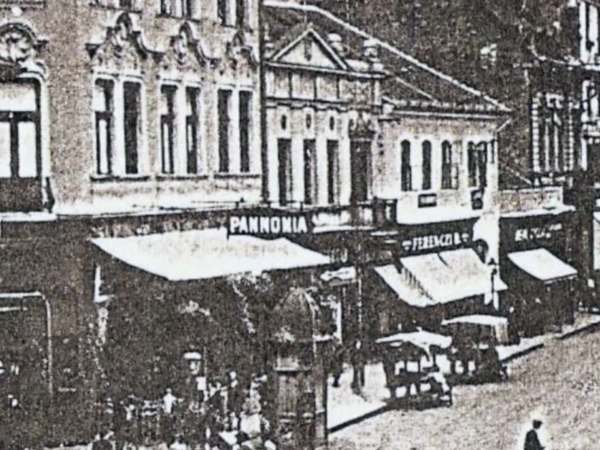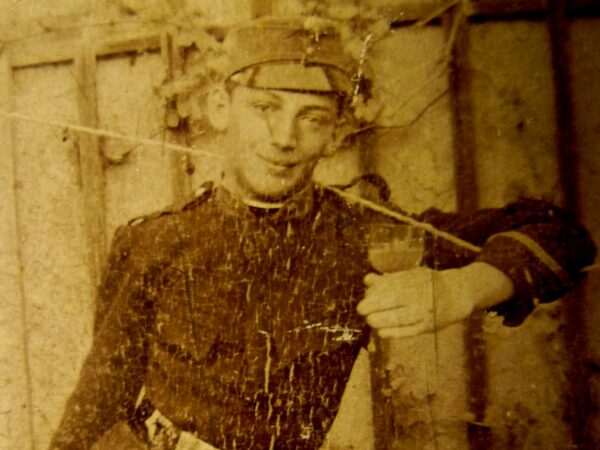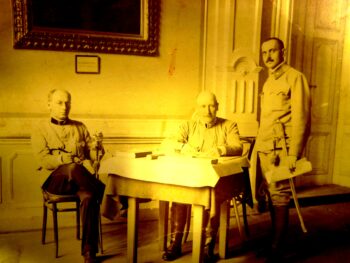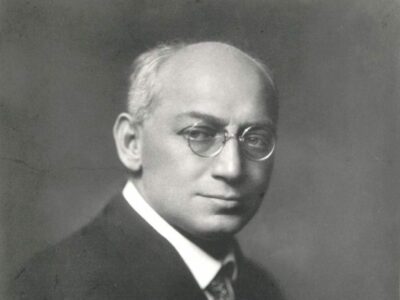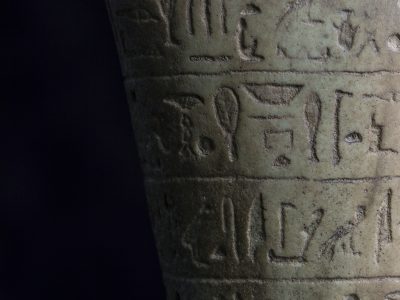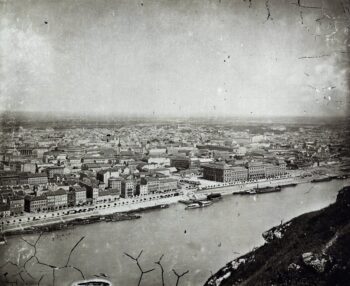
View of Pest from Gellért Hill, circa. 1878. Image: Fortepan
Sándor Ferenczi lived through a time of intense social and political upheaval.
He was born just six years after the creation of the dual monarchy of Austria-Hungary in 1867. Prior to this, Austria had ruled over Hungary through a military dictatorship.
Under the newly formed dual monarchy, Hungary gained some political independence but remained under Austrian rule.
Antisemitism was rife in Hungary. As a Jewish family, the Ferenczis would have faced widespread discrimination which rapidly increased during Sándor’s lifetime.
Ferenczi and the First World War
Austria-Hungary was one of the Central Powers during the First World War, during which Ferenczi served as an army doctor.
Like many psychoanalysts, Ferenczi distinguished himself by his psychoanalytic treatment of shell-shocked soldiers.
In doing so, they obtained recognition for their approach and helped to challenge the perception of shell shock as a sign of moral cowardice.
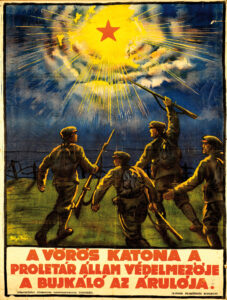
Poster encouraging soldiers returning from the First World War to join the Hungarian Red Army. Image credit: National Széchényi Library, Collection of Posters and Small Prints
The interwar years
When the Central Powers were defeated in 1918, the Austro-Hungarian Empire collapsed, plunging Hungary into political turmoil.
In 1919, a revolution led by Béla Kun transformed Hungary into a repressive Communist state which violently suppressed anti-Communism in a period known as the Red Terror.
By the time of the revolution, Ferenczi had been appointed as Professor of Psychoanalysis at the University of Budapest, marking the first academic role dedicated to teaching psychoanalysis.
The revolutionary government allowed Ferenczi to keep his University position, but Communist Hungary’s isolation from the rest of the world obliged him to step down as President of the International Psychoanalytical Association.
The revolution failed after just four months, and was replaced by a right-wing government and a period of counter-revolutionary violence against Communist sympathisers known as the White Terror.
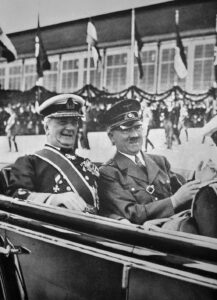
Hungarian leader Miklós Horthy with Adolf Hitler in 1938 (five years after Ferenczi’s death). Image credit: Wikimedia Commons
Ferenczi’s position at the university was brought to an abrupt end by the counter-revolution. He was fortunately not a victim of the White Terror, despite being a potential target. Although he had not aligned himself with the Communist regime, Jews were widely held responsible.
During the interwar years, Hungary’s nationalist government became increasingly inhospitable to psychoanalysis, a liberal profession that included many Jewish practitioners. Many psychoanalysts left Hungary to settle in Berlin, Vienna and London, taking Ferenczi’s teaching with them.
Meanwhile, Hungary lurched to the far-right, eventually aligning itself with the Nazis, who were in power in Germany by the time of Ferenczi’s death in 1933.
Discover more:
